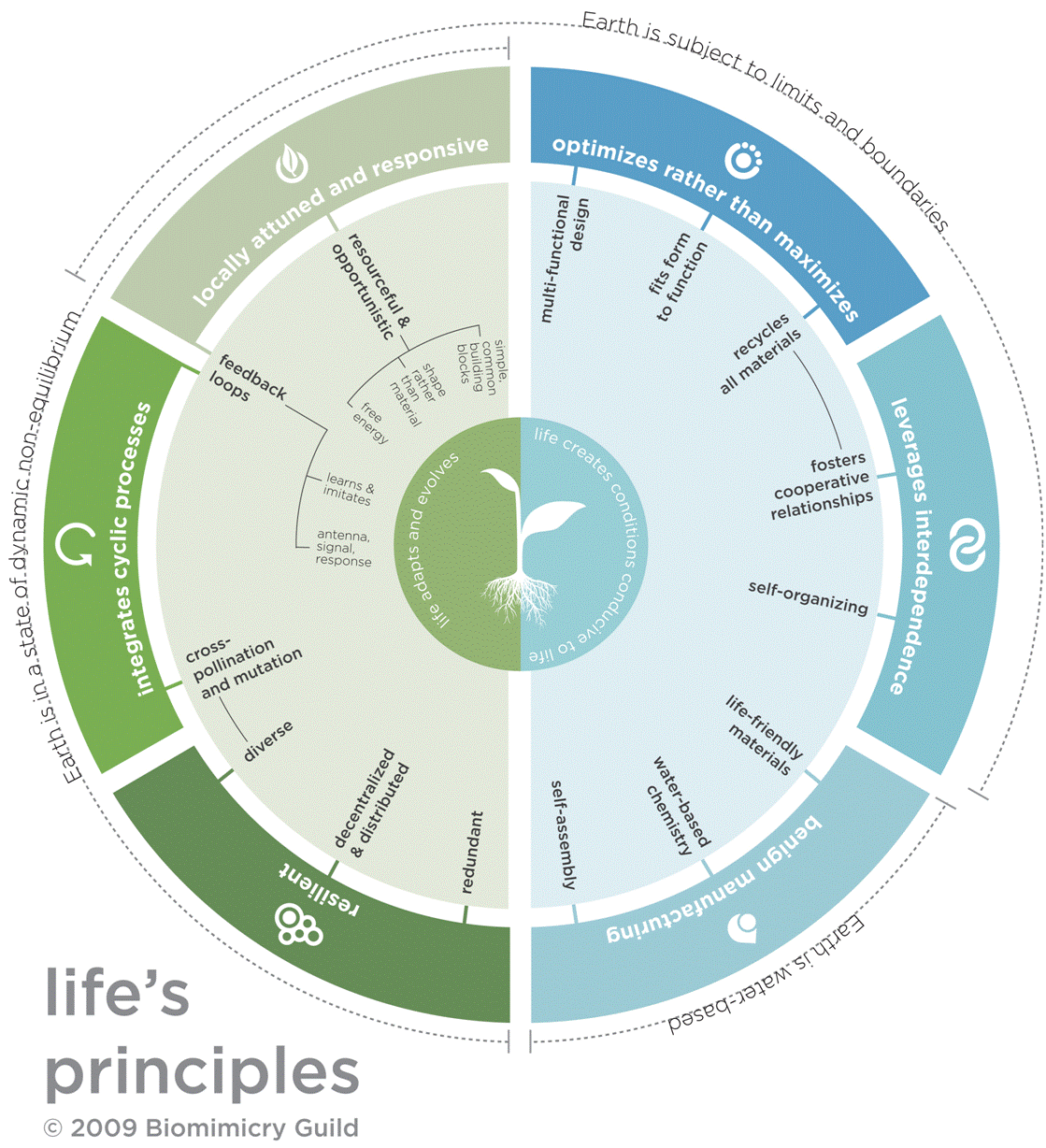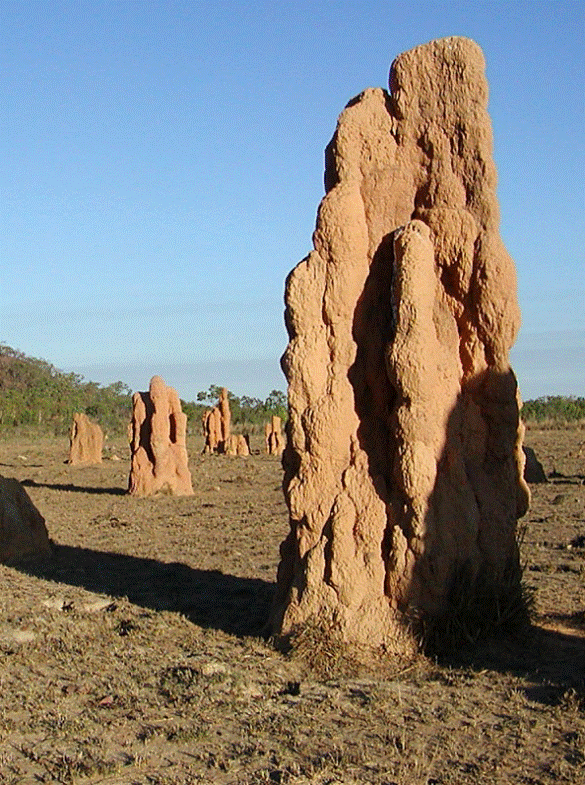By Nicole Isle and Erin Leitch
For 3.85 billion years, the laws of nature have dictated how 30 million species of organisms have inhabited the Earth. But society’s heat, beat and treat methods of manufacturing are not abiding by these laws. The production and release of synthetic compounds, the concentration of toxic substances and the accelerated movement of materials from one system to another (e.g. the burning of fossil fuels) are threatening the planet, according to the latest science from the Intergovernmental Panel on Climate Change (read IPCC’s Fourth Assessment Report at www.ipcc.ch/).
In late 2009, the Oregon State Bar took the historic steps of adopting a sustainability bylaw and creating a Sustainable Future Section. These steps create a context for the relationship of legal issues to sustainability issues. Such issues include provisions for clean air, water, fertile soil and other natural resources for future generations. As a further reference, the Climate Legacy Initiative published a 2009 paper exploring similar issues entitled “Recalibrating the Law of Humans with the Laws of Nature: Climate Change, Human Rights, and Intergenerational Justice.”
Defining the Laws of Nature
As citizens of the planet, we must abide by the laws of nature. Past generations largely ignored these laws, and this behavior resulted in unanticipated environmental and social consequences. Now, our federal and local governments are working to remediate that harm as well as the degradation to which we contribute each day. So, what if we judged our actions against the laws of nature to accelerate the remediation of past harms and create an environment where future generations benefit from a life better than ours?
To confidently judge sustainability-related issues, a person should first understand the laws of nature. The laws of nature are embodied in Life’s Principles, which were developed by Janine Benyus, an internationally recognized thought leader in sustainability and winner of the 2009 United Nations prestigious Champion of the Earth award.
These principles establish the basic premises of global ecological systems and tell us that the Earth is in a state of dynamic non-equilibrium, subject to limits and boundaries, and water-based. In other words, our planet is constantly in a state of motion, always shifting in response to changing conditions and evolving so that life can endure and regenerate. It’s also not boundless in its resources—there is a limited supply of water, nutrients and atmosphere that comprises our life support system. Lastly, all chemistry on Earth happens in water. Water is nature’s solvent and the medium in which chemical reactions occur.
All life on Earth abides by operating conditions, often modifying activities with the changing seasons, taking advantage of microclimates and surviving with scarce resources. These behaviors all fall within the laws of nature and can be distilled into two simple principles:
Life adapts and evolves, and Life creates conditions conducive to life.
 Life’s Principles can provide parameters that help guide the design and construction of buildings and communities that abide by the laws of nature and, therefore, function more sustainably.
Life’s Principles can provide parameters that help guide the design and construction of buildings and communities that abide by the laws of nature and, therefore, function more sustainably.
Applying Biomimicry to Global Issues
One can witness these principles on every square inch of the planet in every moment of time. They comprise the mechanics of how organisms act on Earth. For example, nature maintains resiliency in the face of constant change. It does this by fostering diversity, creating decentralized and distributed infrastructure and building in redundancy to ensure consistency and dependability. Nature also leverages the interdependence between its biological systems and physical infrastructure. It succeeds by fostering cooperative relationships and using simple, common building blocks and abundant resources in the most efficient and effective manner. Nature’s manufacturing processes use simple designs and benign products. And feedback allows nature to monitor organisms and respond to inconsistent behaviors. By understanding and applying these principles to design challenges, engineers, product designers, architects, planners and business strategists have been able to develop solutions that are both innovative and sustainable in the context of Earth’s operating conditions. Rather than learn about nature, these specialists are learning from nature and applying what is learned to real-world applications. This is called biomimicry.
To see biomimicry in practice, one need only look at the Qualcomm Mirasol Display, which creates bright colors by harvesting natural light. The screen employs reflective devices that open or close small gaps between a mirror and a glass plate in each pixel.  This technology uses the same structural color function found in butterfly wings and peacock feathers.
This technology uses the same structural color function found in butterfly wings and peacock feathers.
Another example of designers incorporating biomimicry into their work is the Eastgate Centre in Harare, Zimbabwe, which uses a natural cooling system that pre-tempers the air and exhausts through chimneys. This is the same space conditioning strategy that termites use in the construction of their mounds. This locally attuned passive design strategy resulted in a 90% energy reduction for cooling loads.
As unpredictable as nature can seem, it is actually quite consistent in the rules by which it operates. We can learn from these rules to realign our behaviors to become more conscientious inhabitants of the planet. Humans can depend on the fact that the laws of nature will also apply to tomorrow’s generations. To this end, one can look to biomimicry’s Life’s Principles as a dependable framework to judge sustainability issues involving the rights of people, future generations, and related social equity issues.
Nicole Isle and Erin Leitch are sustainability advisors at Brightworks, a company that provides comprehensive sustainability planning and facilitation services and offers educational workshops on biomimicry and other sustainable practices.
Return to top.


